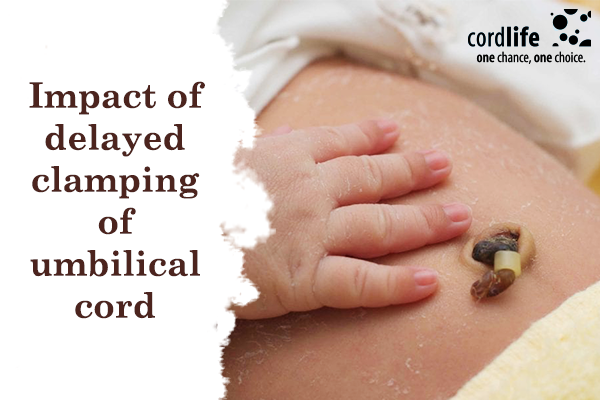Table of Contents
The umbilical cord is the mother-to-baby lifeline. The baby receives all the oxygen, nutrients and blood that the baby needs to grow and develop through the umbilical cord. Many of our parents who want to store the umbilical cord blood of their child have questions about when to tighten the cord and how the timing affects the volume and storage of cord blood collection.
With more and more research and evidence showing the benefits of delayed cord clamping, coupled with parents wanting to store the umbilical cord blood of their child, the question is asked on many occasions: can cord clamping be delayed and umbilical cord blood still collected?
Delayed cord clamping is a practice of waiting between newborn delivery and umbilical cord clamping to allow extra blood to be transferred from placenta to baby. Delayed cord clamping in premature babies appears to be beneficial in improving blood circulation and reducing the risk of some complications. To allow more blood to enter the baby and to increase the amount of hemoglobin and iron in the child, many parents are also delaying the cord clamping in their term pregnancies. It may result in a lower risk of iron deficiency. One study even found fine-motor and social skills improvements.
Delayed cord clamping provides your baby with benefits including a normal healthy volume of blood for the transition to life outside the womb and a full count of red blood cells, stem cells, and immune cells. Delayed cord clamping for the mother keeps the mother-baby unit intact and can avoid complications with placenta delivery.
The advantages of delaying have been demonstrated, but it is not as clear how best to clamp the umbilical cord. Studies showed an advantage when the cord is clamped for up to one minute, with any advantages decreasing afterward. ACOG recommends that 30–60 seconds of delay can be done in clamping.
While the volume of cord blood available may be reduced by delays in clamping the cord, several studies have found that a reasonable delay can still retain enough for banking. Because the benefits of cord clamping begin to decrease after one minute and a constant delay can have an effect on the amount of cord blood extracted, it is advisable to the parents to follow ACOG recommendations and delay cord clamping for 30–60 seconds.
Even if the volume is low, the cord blood of your baby may still be used in regenerative medicine. Furthermore, scientists are working on ways to significantly multiply the number of stem cells found in a cord blood collection, enabling the use of smaller stored units in the future to have a greater effect.
If you choose to delay the cord clamping by 1-3 minutes, it will transfer approximately 80-100 mL of this blood to the infant, leaving more than enough to be stored. Studies have shown that delayed clamping has no significant effect on the efficiency of collection. While there was a slight reduction in the amount of blood collected, the recovery of stem cells is not affected.
